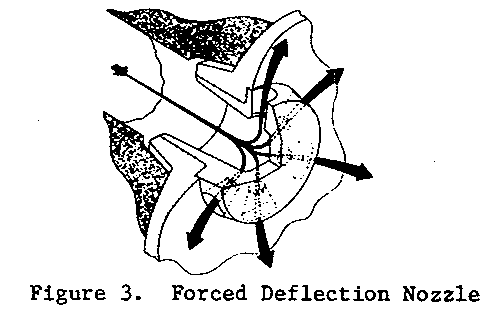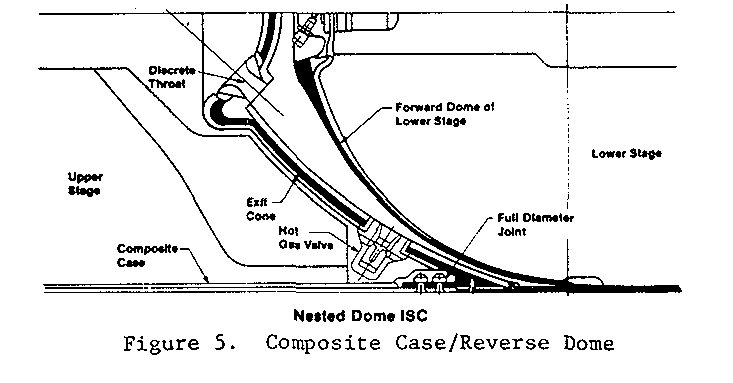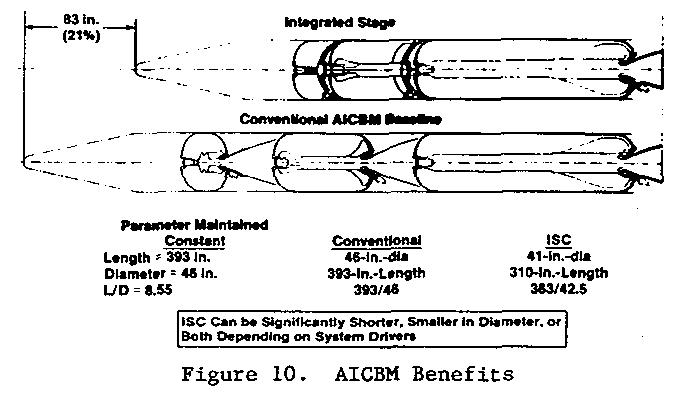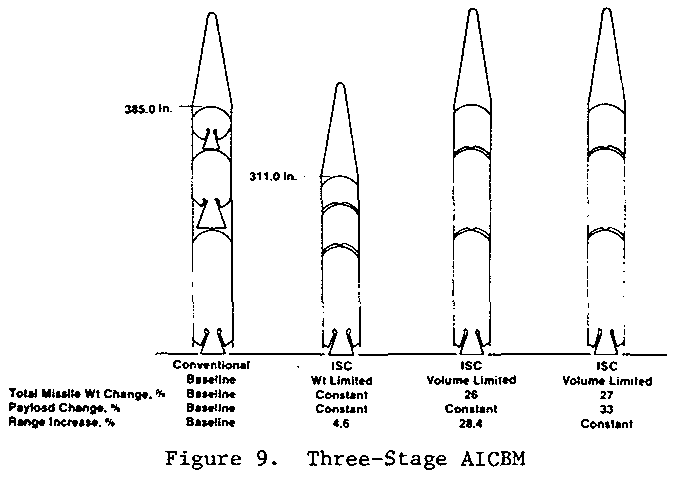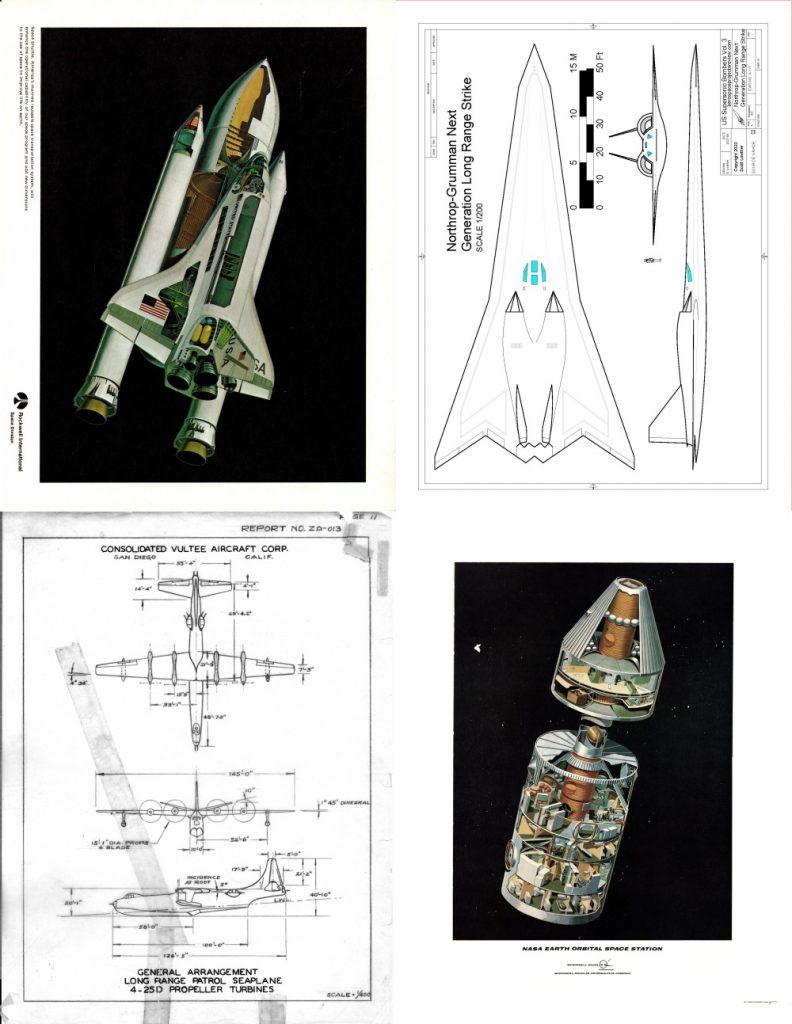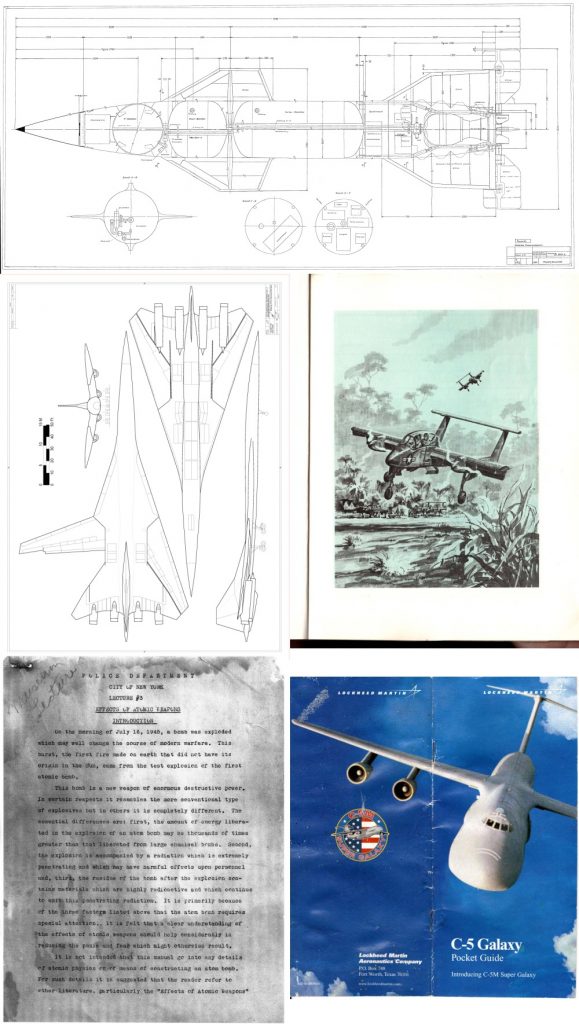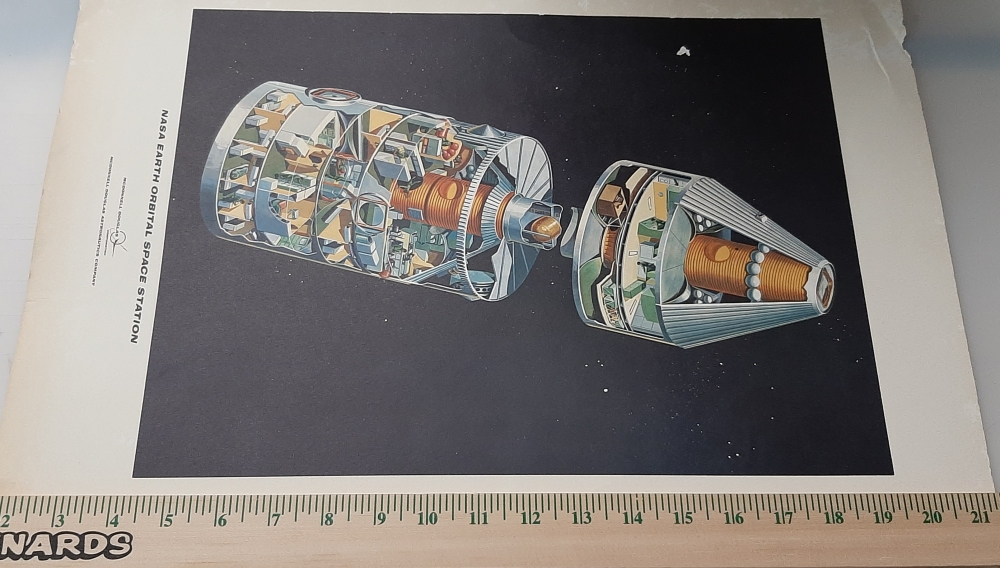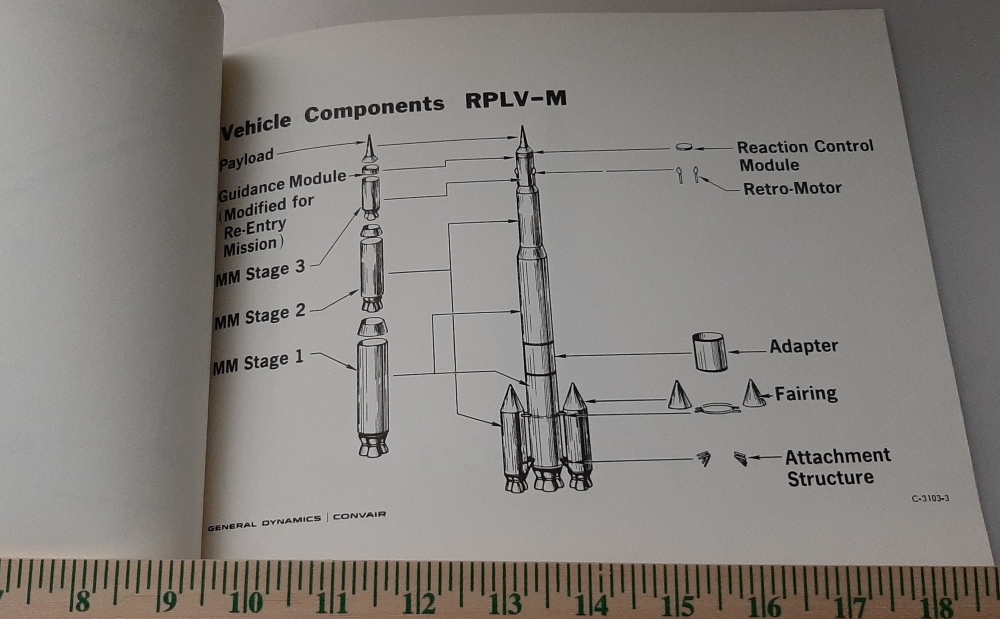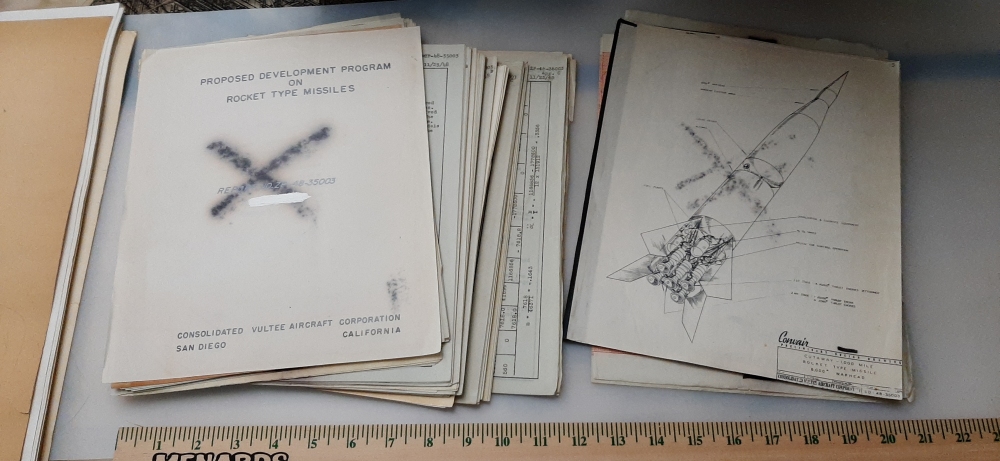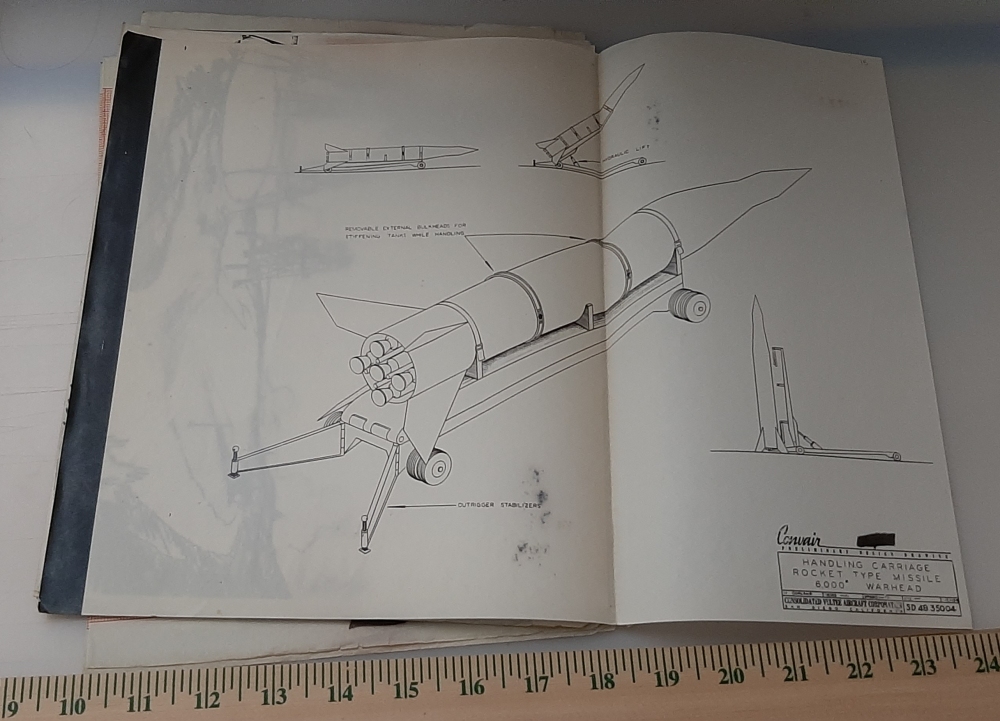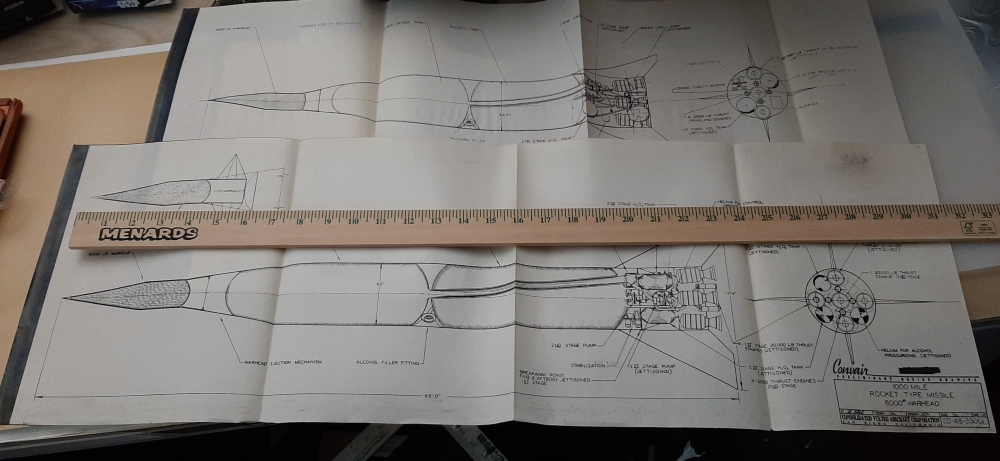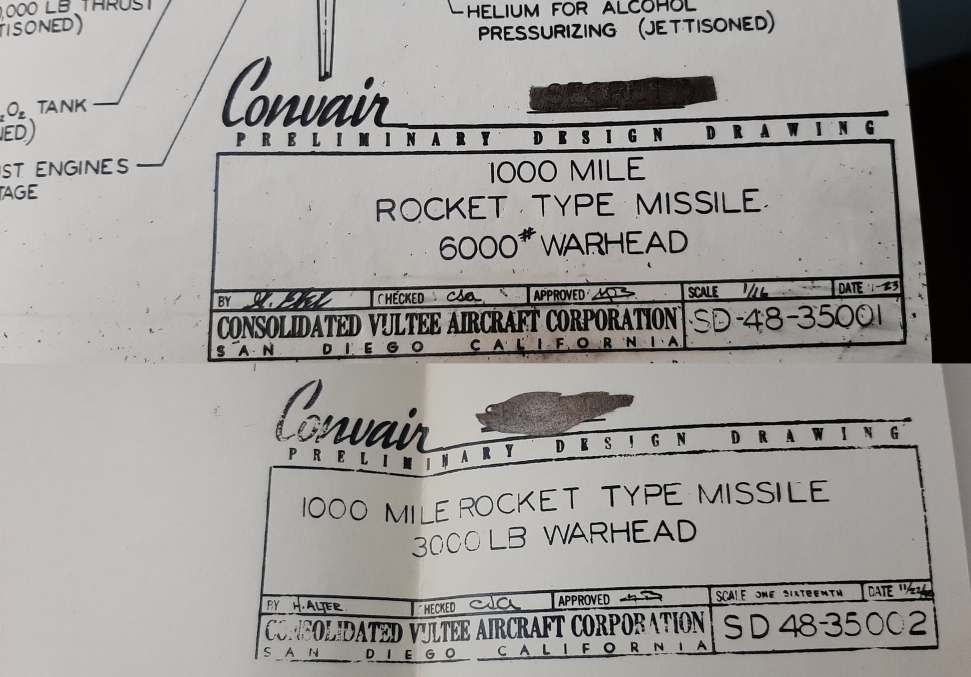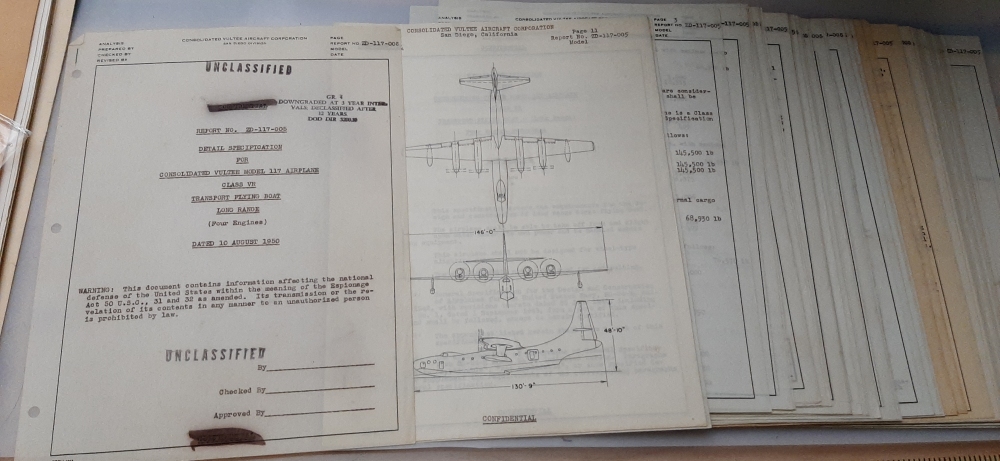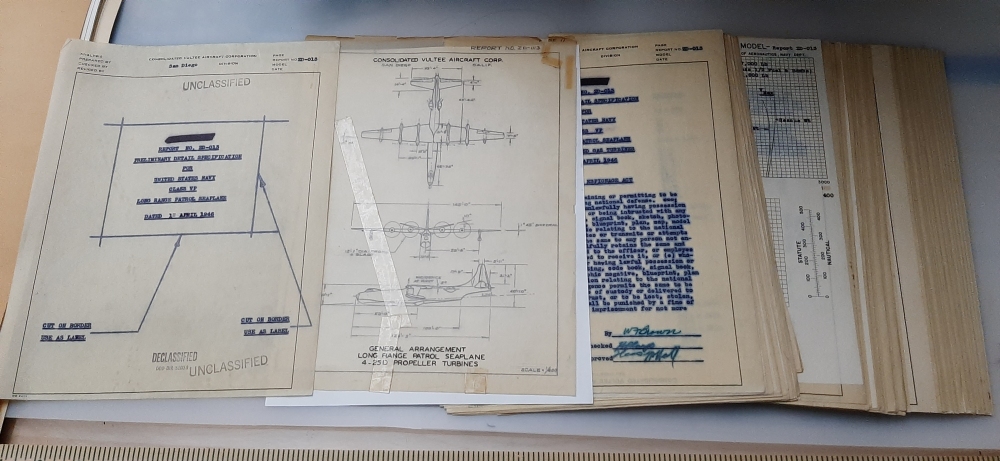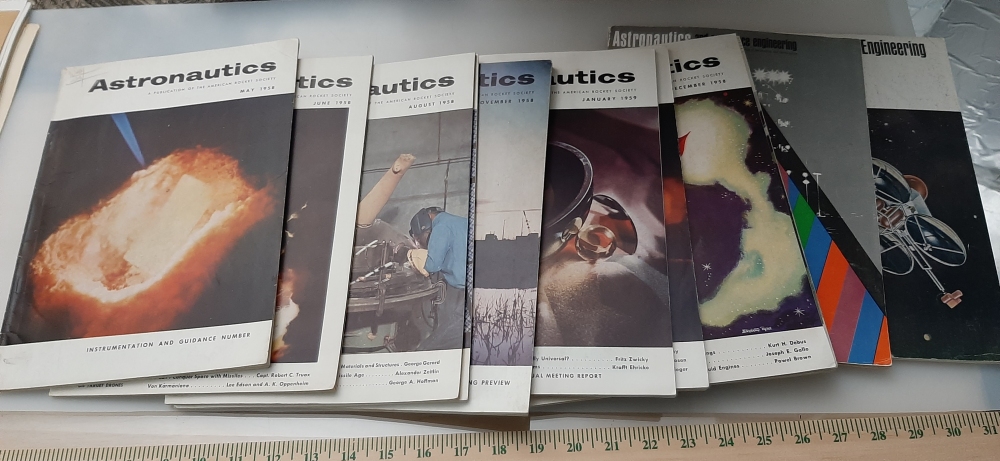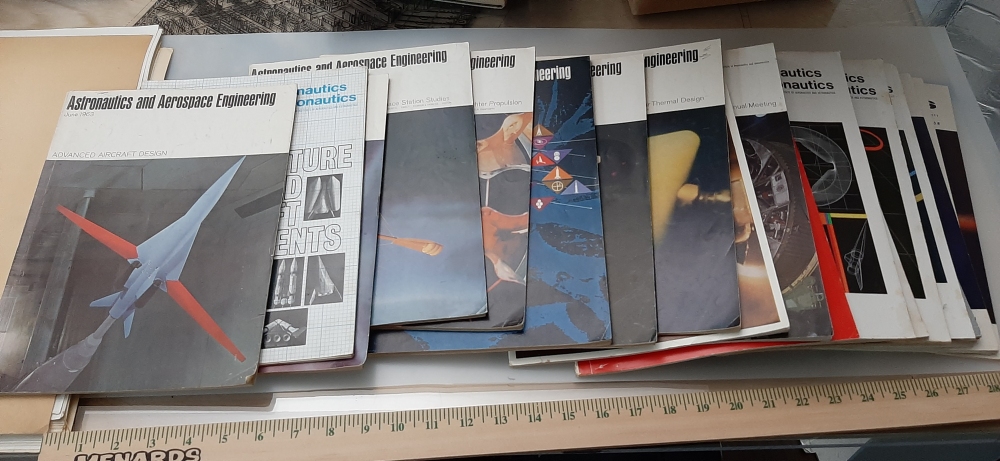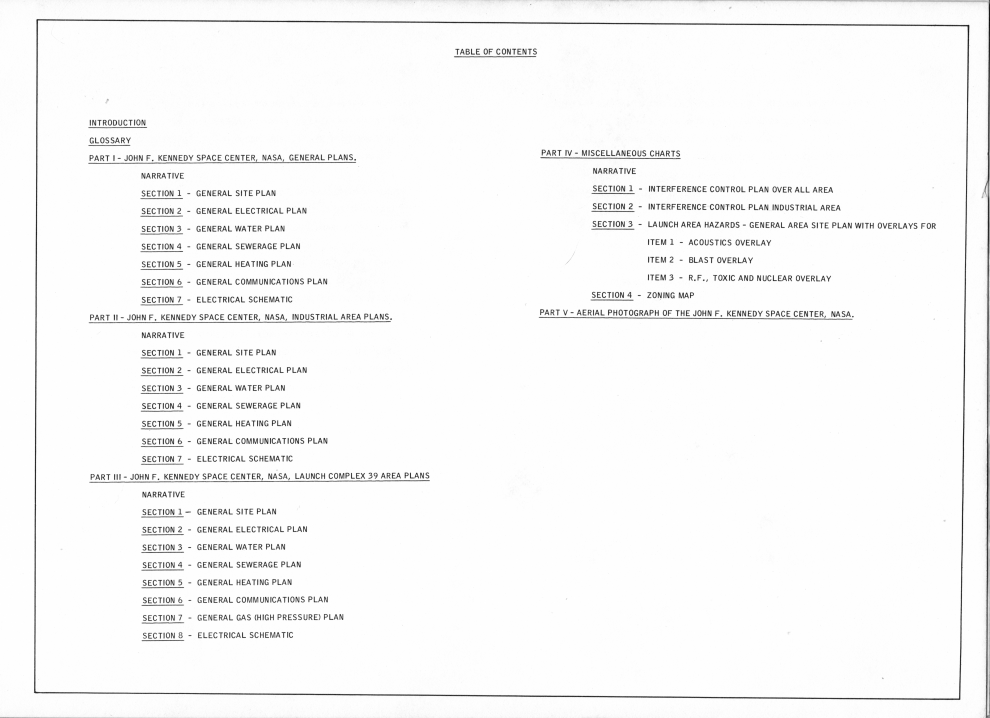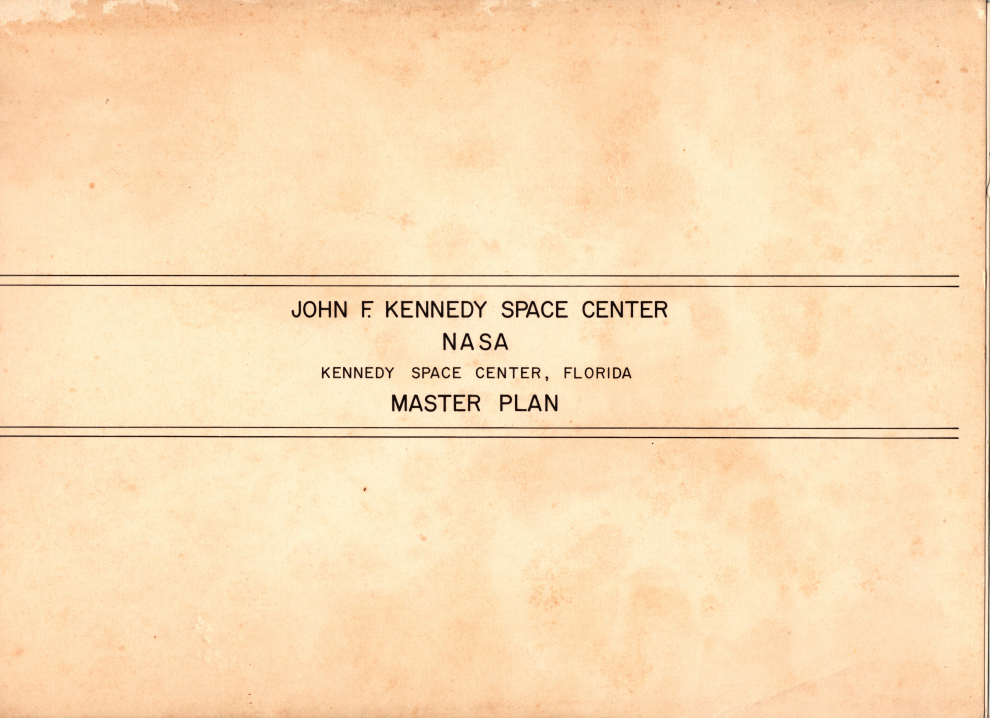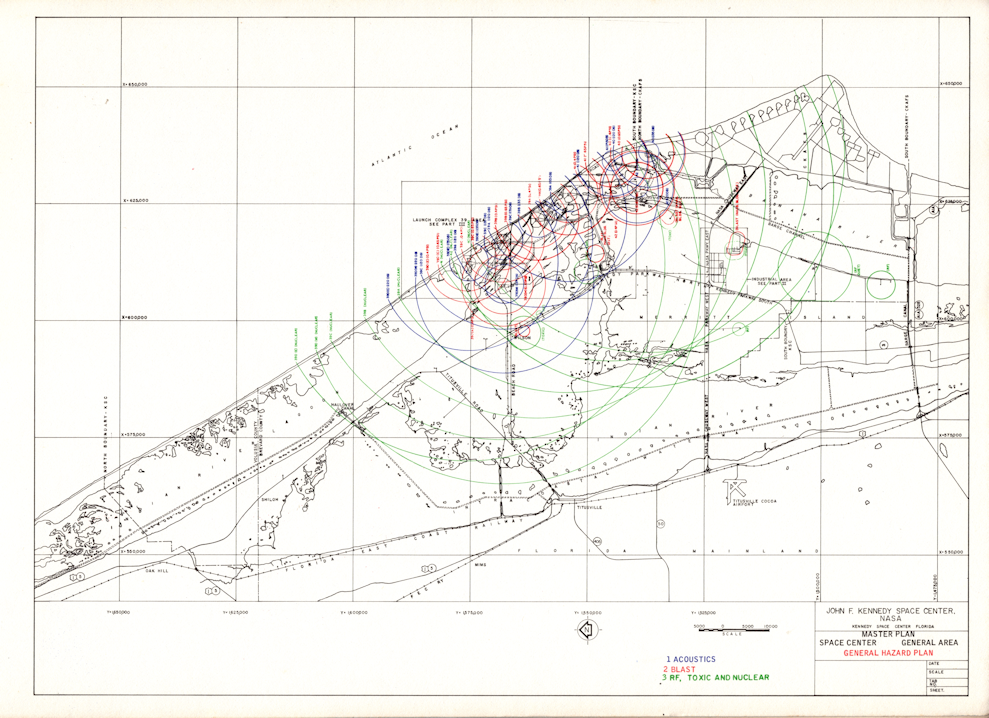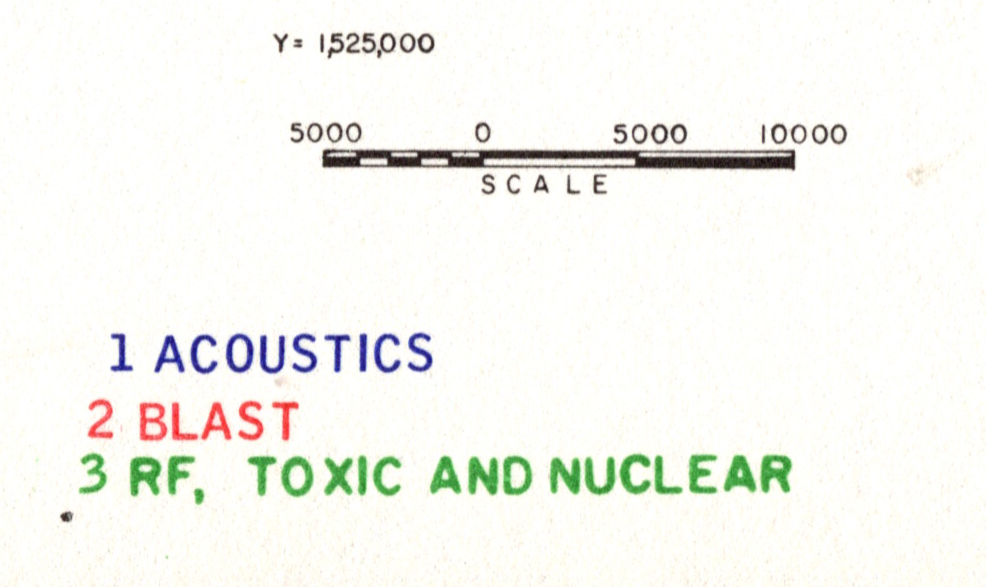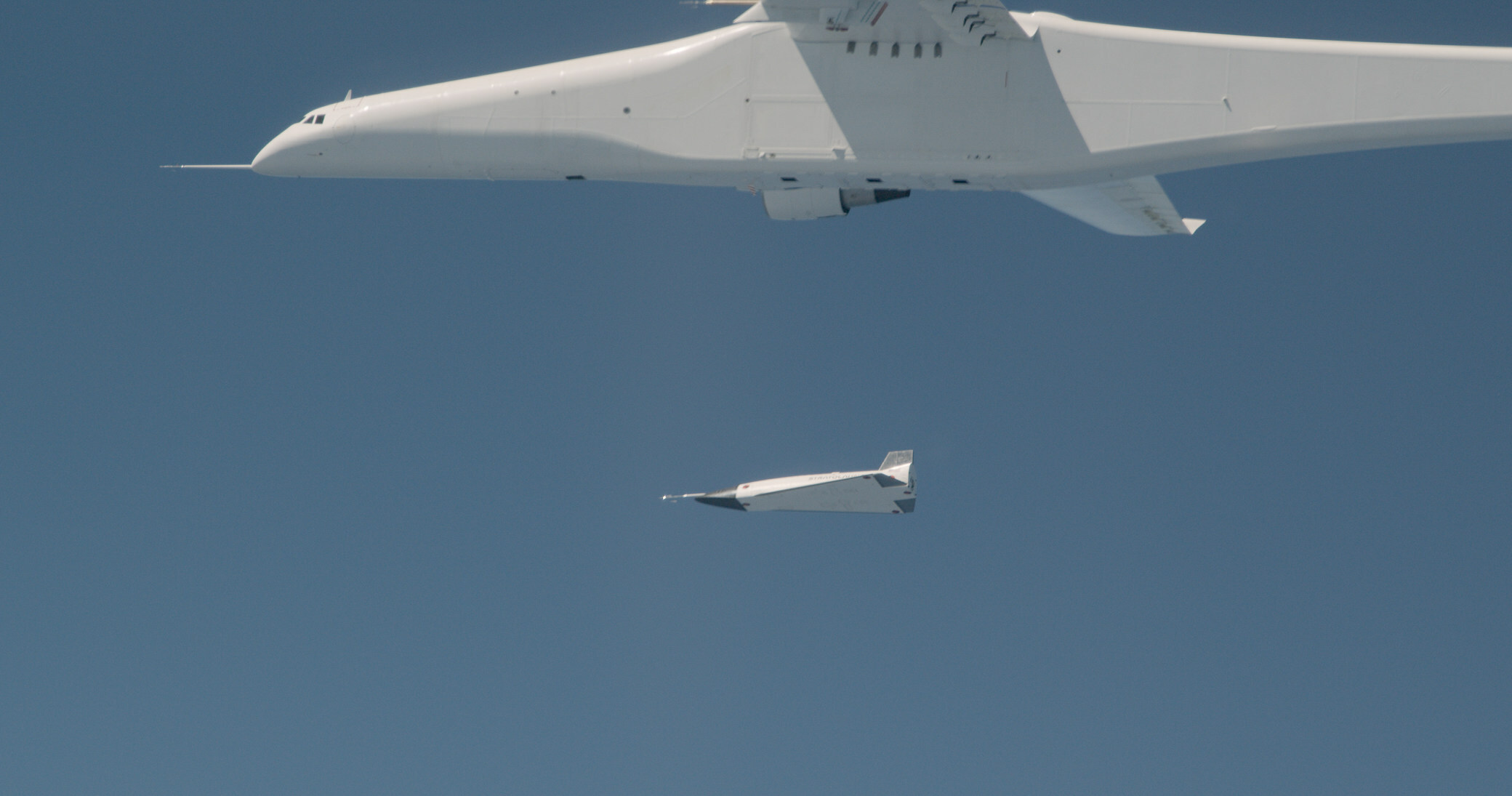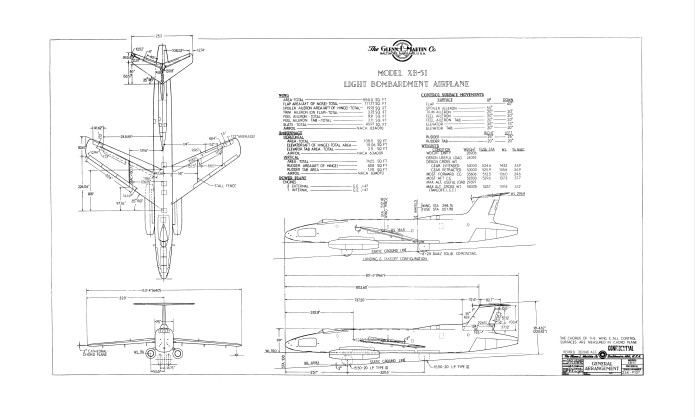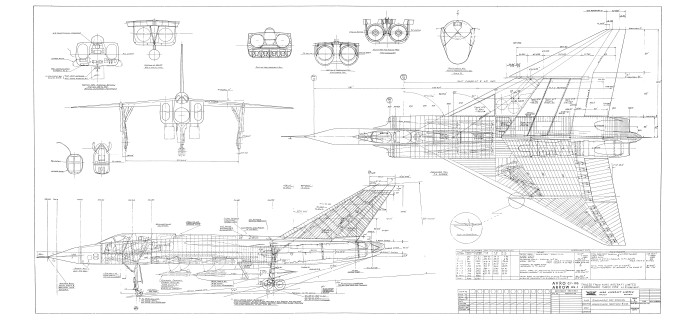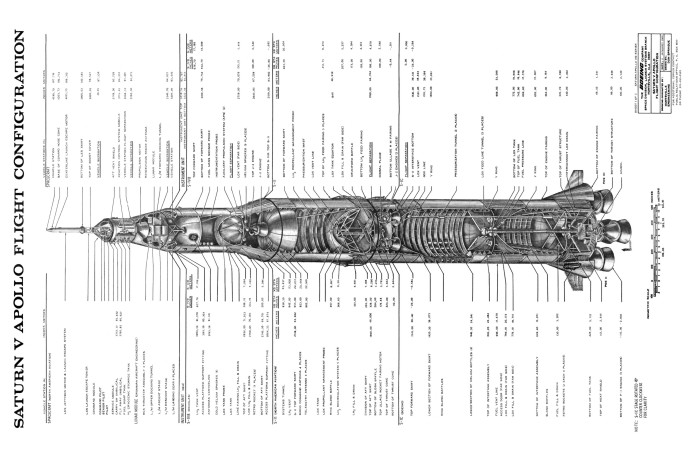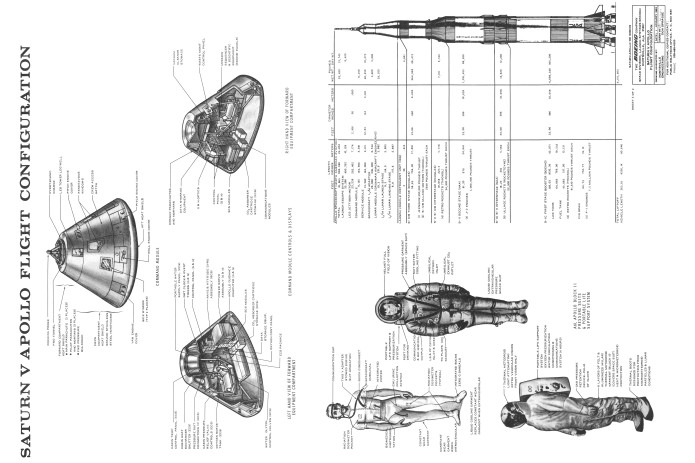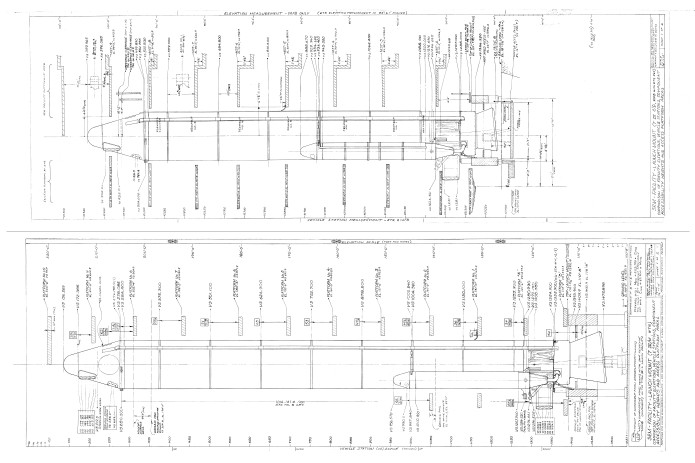There are several ways to accomplish the goal of extracting maximum performance from a solid rocket motor via the nozzle. The most common way – a convergent-divergent nozzle – is the standard for a reason: it’s the simplest, lightest most reliable way to do it. But there are alternatives that provide specific advantages. One of them is the “forced deflection nozzle.” Instead of a single circular throat, the nozzle has several; instead of directing the exhaust gas due aft, it forces it “sideways” to smack into the broader, shallower nozzle.
The advantages here:
1: The nozzle is sort of a hemispherical bowl, rather than a long, slim cone or paraboloid.
2: It provides some altitude compensation, similar to an aerospike.
There are also disadvantages, not least of which is that the throat is now under substantially greater thermal and dynamic forces. Few materials known to Man will be able to long withstand the high heat load and erosive forces. But in 1986, Aerojet proposed to develop such a nozzle for a singular purpose: to integrate into future ICBMs. The reasoning was… the bowl-like nozzle fits the bowl-like forward dome of the lower stage. Instead of a long interstage structure being required, the stages fit together neatly. in principle this would allow ballistic missiles to be more compact, shorter by useful distances. This is not very important for space launchers, but for missiles that need to fit into silos, submarines, bomb bays or Shuttle cargo bays, extra space means extra capacity.
Diagram showing a conventional 3-stage solid rocket ICBM against three concepts making use of the forced deflection nozzle. You could have a much shorter vehicle with equivalent weight and payload, or same-length boosters with 28.4% greater range for the same payload, or 33% greater payload for the same range.
